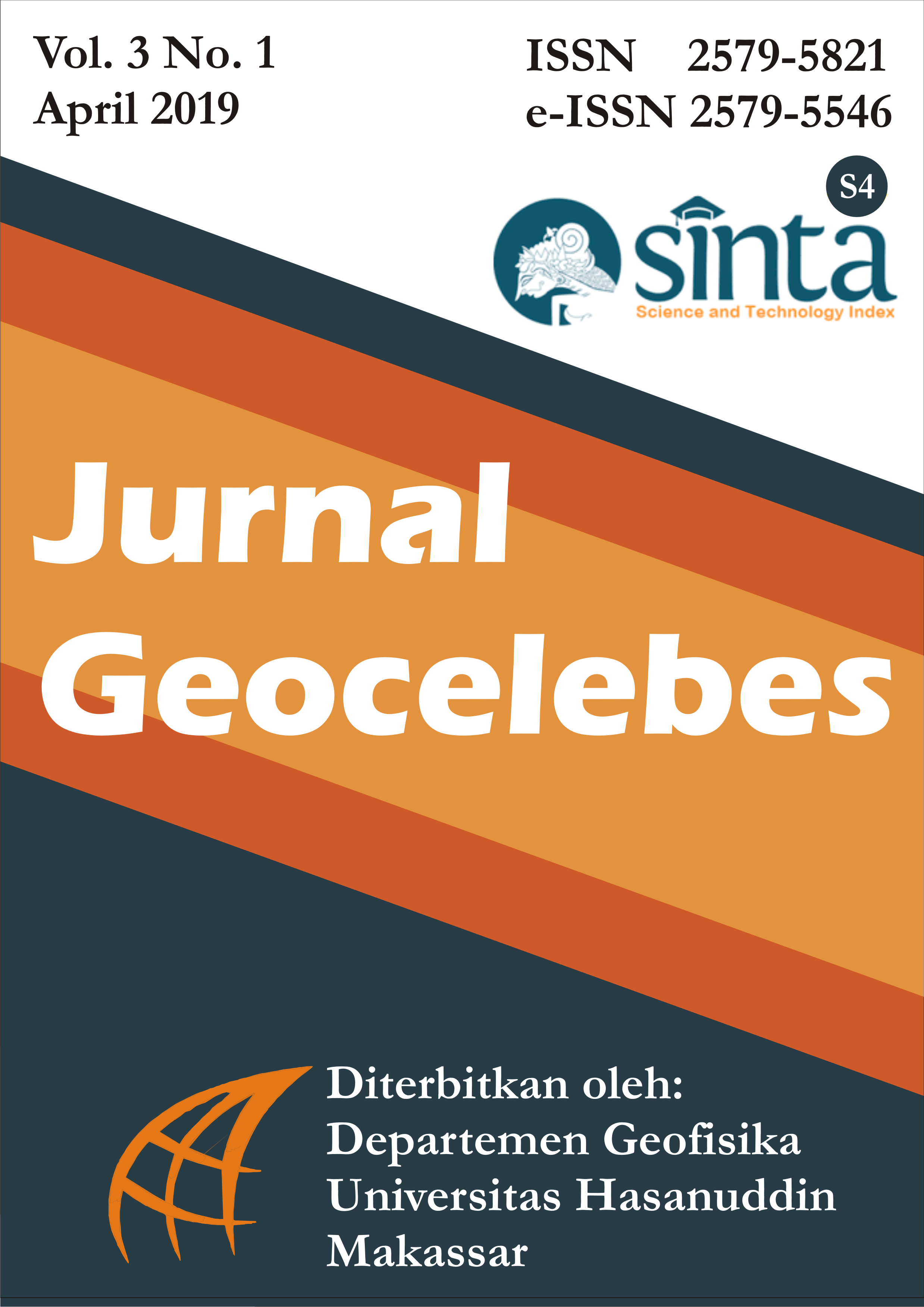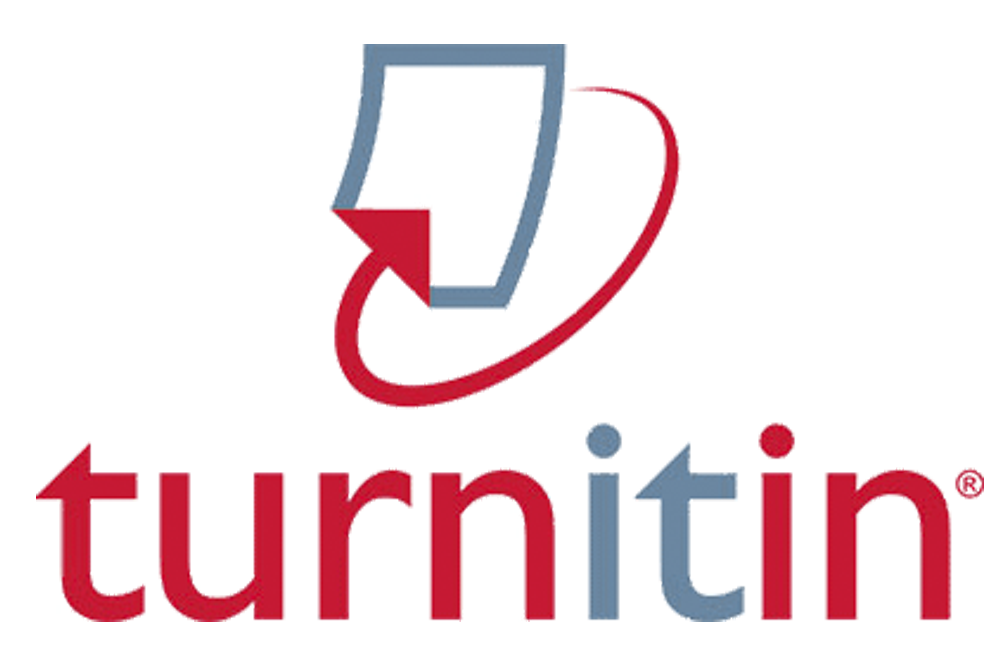IDENTIFIKASI BATUAN DASAR DAERAH PANTAI LUMPUE KOTA PAREPARE MENGGUNAKAN METODE GEOLISTRIK KONFIGURASI WENNER
DOI:
https://doi.org/10.20956/geocelebes.v3i1.6397Abstract
Telah dilakukan penelitian untuk memperoleh informasi mengenai posisi dan kondisi perlapisan batuan dasar (bedrock) di sekitar Pantai Lumpue, Kota Pare-Pare, Sulawesi Selatan dengan menggunakan metode geolistrik resistivitas. Dengan adanya informasi mengenai perlapisan batuan dan kedalaman bedrock, dapat digunakan sebagai informasi pendukung saat melakukan pembangunan, serta memberikan gambaran tentang jenis batuan yang ada di daerah penelitian. Berdasarkan hasil pengukuran 2D geolistrik tahanan jenis konfigurasi Wenner, didapatkan nilai resitivitas berkisar antara 0,91 Ωm – 514 Ωm, dengan bedrock berupa batuan beku trakit dengan kedalaman bervariasi antara 2,5 m – 24 m.
References
Loke, M.H. 2004. Electrical Imaging Surveys for Environmental and Engineering Studies.
Syamsuddin. 2007. Penentuan struktur bawah permukaan bumi dangkal dengan menggunakan metoda Geolistrik tahanan Jenis 2D (Studi kasus potensi tanah longsor di Panawangan, Ciamis). Tesis, Institut Teknologi Bandung.
Telford, W.M., Geldart, L.P., Sheriff, R.E., Keys, D.A. 1990. Applied Geophysics. Cambridge University Press: London.
Downloads
Published
How to Cite
Issue
Section
License
Authors who publish with this journal agree to the following terms:
- Authors retain copyright and grant the journal right of first publication with the work simultaneously licensed under a Creative Commons Attribution License that allows others to share the work with an acknowledgement of the work's authorship and initial publication in this journal.
- Authors are able to enter into separate, additional contractual arrangements for the non-exclusive distribution of the journal's published version of the work (e.g., post it to an institutional repository or publish it in a book), with an acknowledgement of its initial publication in this journal.
- Authors are permitted and encouraged to post their work online (e.g., in institutional repositories or on their website) prior to and during the submission process, as it can lead to productive exchanges, as well as earlier and greater citation of published work (See The Effect of Open Access).





